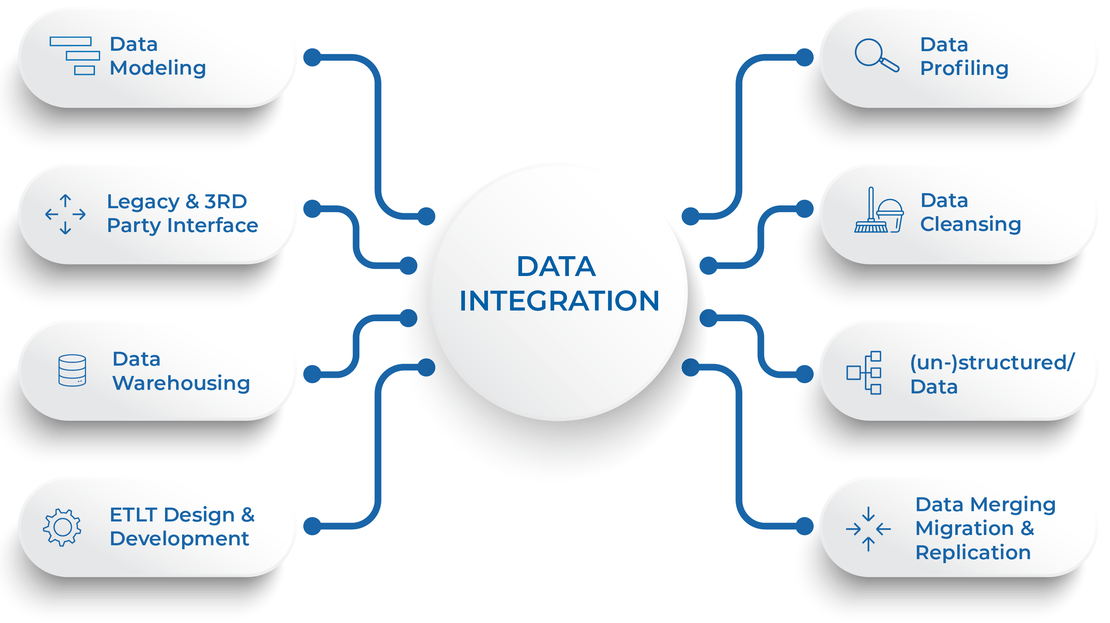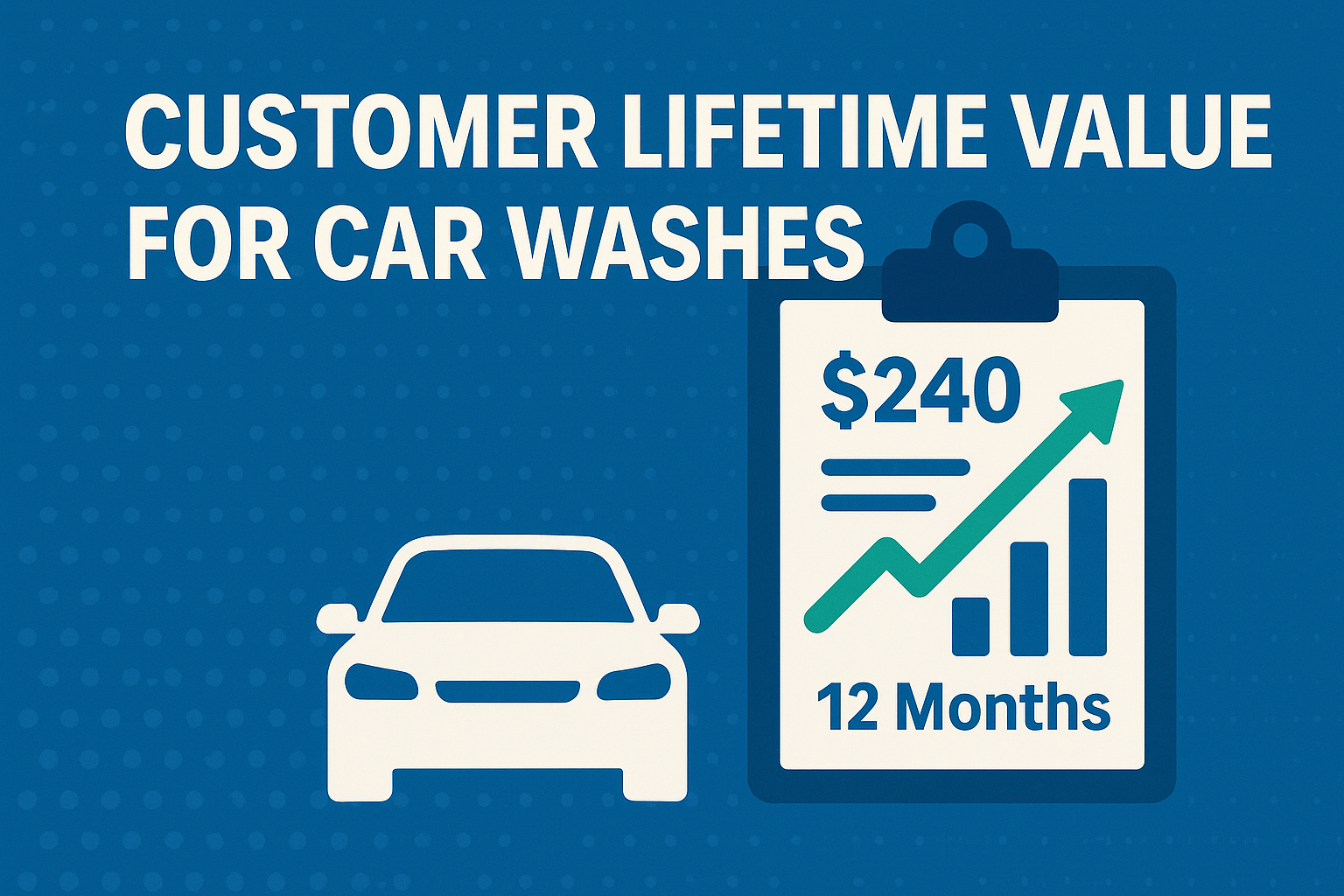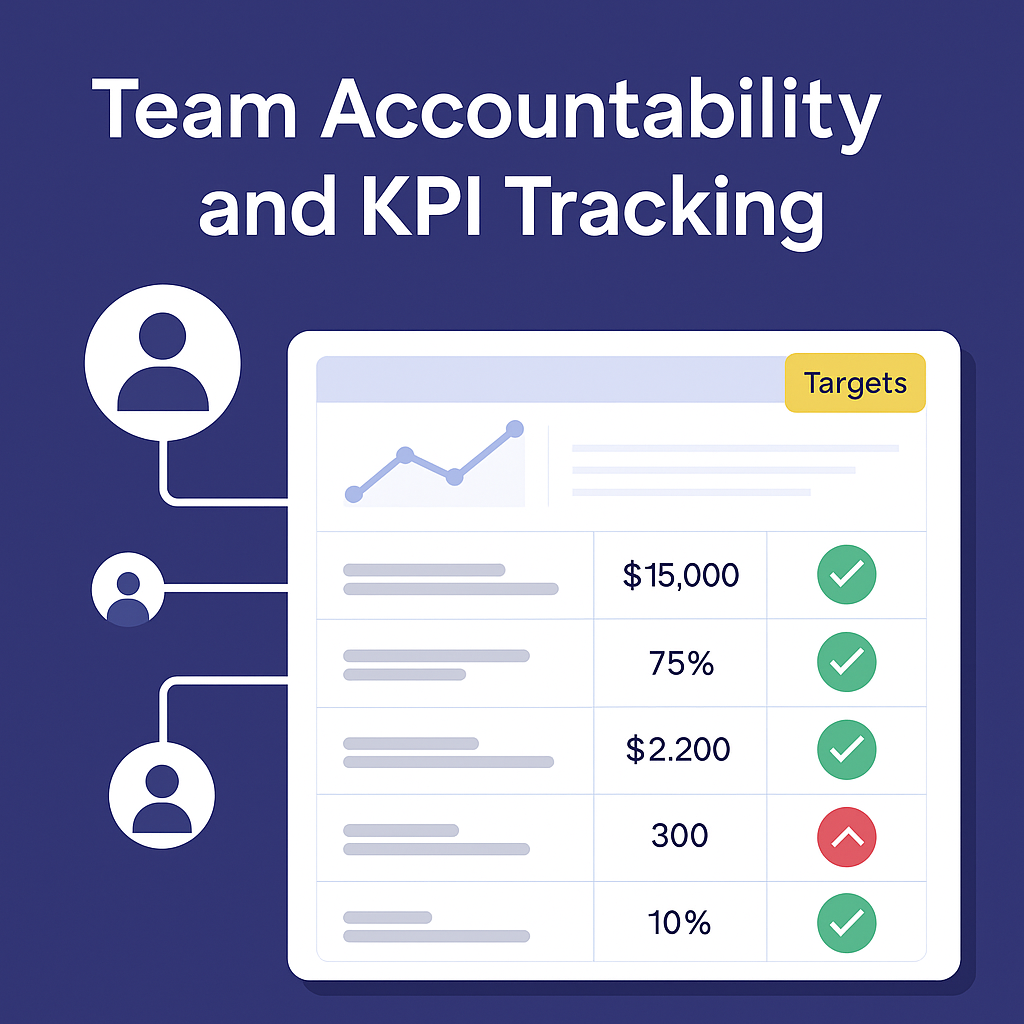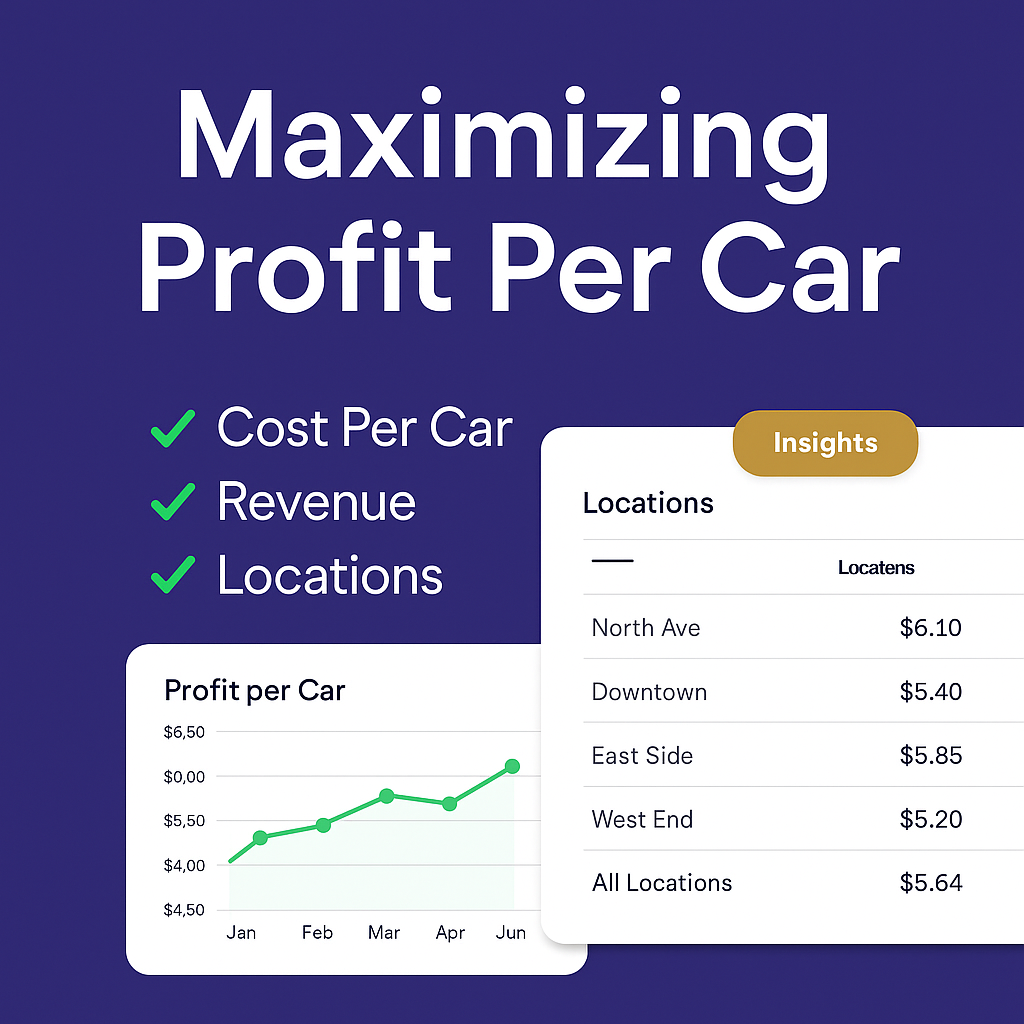
In today’s fast-paced business landscape, data integration solutions are essential for organizations aiming to boost efficiency and drive growth. Companies collect vast amounts of data from diverse sources, making it crucial to unify this information into a cohesive system. This blog discusses the key benefits of data integration solutions, illustrating how they streamline processes, enhance decision-making, and deliver real-time insights that provide a competitive advantage.
Understanding how data integration works and its numerous advantages allows you to leverage these solutions to address common challenges and seize new opportunities. Whether you manage a small startup or a large corporation, implementing effective data integration strategies can transform your approach to information management and propel your business forward. Join us as we delve into the intricacies of data integration and uncover the best practices for successful implementation.
What are Data Integration Solutions?
Data integration solutions are software tools that streamline and synchronize data from various sources. By consolidating information from customer interactions, processes, and market analysis, these solutions provide businesses with a unified view of their operations.
The primary benefit of implementing data integration solutions is the creation of a centralized data repository. This repository enhances visibility across the organization, enabling easy monitoring of key performance indicators and metrics. With real-time access to comprehensive data, organizations can improve decision-making, supporting both strategic planning and operational efficiency.
Moreover, integrated data plays a crucial role in gaining insights into business performance and customer behavior. By analyzing data points together, businesses can identify trends that may remain hidden when data is isolated. This holistic view empowers teams to make informed decisions based on a thorough understanding of their environment.
In summary, data integration solutions not only unify disparate data sources but also enhance overall organizational efficiency. In today’s data-driven landscape, leveraging integrated insights is essential for maintaining a competitive edge. As technology continues to evolve, grasping the core principles of data integration will become even more vital.
Understanding Data Integration Solutions
Data integration solutions bring together data from various sources, giving organizations a comprehensive view of their information. This involves a process known as extracting, transforming, and loading (ETL) data, which enhances both analysis and operational functionality. As businesses collect massive amounts of data through systems like CRM and ERP, addressing data silos becomes essential for improved visibility and insight.
Data silos occur when information remains isolated within a single system or department, hindering collaboration and efficiency. Research indicates that up to 80% of an organization’s data may be underutilized due to these silos. Without effective data integration, businesses risk losing critical insights that inform decision-making.
In today’s fast-paced environment, having a cohesive data landscape is crucial for agility. Integrated data fosters collaboration, enabling teams to share insights quickly. For instance, sales teams can access real-time inventory information, which significantly enhances customer service.
Implementing data integration solutions promotes cooperation, minimizes redundancy, and aligns strategies across departments. Additionally, integrated data supports predictive analytics, facilitating informed planning and driving innovation. Ultimately, data integration solutions are vital for dismantling data silos and enhancing operational efficiency.
In conclusion, utilizing data integration solutions allows businesses to fully leverage their data insights for growth and improved performance.
Benefits of Data Integration Solutions for Business Growth
Data integration solutions play a crucial role in enhancing operational efficiency for businesses. By connecting various data sources and streamlining processes, these solutions save time on data reconciliation. As a result, organizations can allocate resources more effectively and increase productivity, allowing them to focus on strategic objectives rather than administrative tasks.
Access to integrated data significantly boosts decision-making capabilities. A comprehensive view of data facilitates effective analysis, yielding insights that foster growth. Companies utilizing data integration often experience a 20% increase in data accuracy, which supports data-driven decisions that align with their business goals.
Moreover, data integration enhances customer experiences by consolidating information from multiple touchpoints. This enables businesses to better understand customer behaviors and preferences. Firms that leverage integrated data report a 15% increase in customer satisfaction as a result of providing more personalized services.
Data integration also strengthens risk management. By tracking data trends and identifying potential challenges, integrated systems help prevent risks. Moreover, they ensure compliance by maintaining accurate and up-to-date information across the organization.
In summary, data integration solutions are vital for improving decision-making, enhancing customer satisfaction, and managing risks, all of which are essential for driving business growth. Exploring the real-world applications of these solutions can further illustrate their positive impact across various industries.
Real-World Data Integration Applications
Data integration solutions play a crucial role across various industries by enhancing operations, visibility, and decision-making. In retail, the benefits are evident, with companies reporting up to 30% growth in sales revenue. This increase is primarily due to improved inventory management and customer insights derived from merging data from multiple sources into a unified system that provides real-time analytics and trend forecasting.
Healthcare also greatly benefits from data integration, particularly in patient management. By combining information from electronic health records (EHRs), lab results, and billing, healthcare providers have successfully reduced administrative errors by 25%. This integration leads to more accurate patient information, which in turn enhances the quality of care delivered.
Moreover, sectors such as the car wash industry have also started leveraging data integration solutions. For instance, platforms like WashMetrix illustrate how integrating customer preferences and service histories with payment systems can significantly enhance customer satisfaction and reduce service times by 40%.
The advantages of integrated data go beyond mere efficiency; they foster data-driven decision-making as well. Organizations utilizing integrated data effectively report a remarkable 50% increase in operational performance metrics, underscoring the necessity of robust data integration strategies.
However, despite these advantages, businesses often face challenges during implementation. The next section will explore these difficulties and the complexities organizations encounter when trying to leverage integrated data.
Challenges of Data Integration
Data integration is vital for business success, but it comes with significant challenges. A primary obstacle is the wide variety of data sources, such as transactional and third-party data. Organizations must adopt strategies that streamline the merging and analysis of these diverse formats.
Data quality poses another critical challenge. Research shows that up to 40% of executives believe poor data quality negatively affects decision-making. Issues like human error, inconsistent formats, and outdated information often result in unreliable insights that jeopardize business strategies.
To address these issues, effective data governance is essential. It ensures that data is available, accurate, and secure, helping organizations comply with regulations and build trust in their data-driven decisions.
Technological barriers also hinder data integration efforts. Many companies grapple with outdated legacy systems that are incompatible with modern solutions. Adapting to new technologies is crucial for optimizing operations and leveraging valuable data insights.
Lastly, internal silos can obstruct integration initiatives. Departments operating independently often duplicate efforts and create inconsistencies. Breaking down these silos promotes collaboration and alignment in data practices.
By recognizing these challenges and proactively addressing them, businesses can enhance efficiency and outcomes through effective data integration solutions.
Best Practices for Effective Data Integration
Effective data integration solutions are essential for enhancing data value and streamlining business operations. To achieve this, choosing the right technology is critical. Businesses should evaluate scalable options that align with their needs and integrate smoothly with existing systems, as this decision significantly affects processing efficiency and ease of integration.
Moreover, utilizing cloud solutions and real-time processing is crucial. Cloud-based tools provide flexibility and scalability, making it easier to integrate new data sources as they emerge. Real-time processing allows organizations to make informed decisions quickly, ensuring responsiveness to market changes.
Maintaining data quality and compliance is equally important. Companies must implement data validation processes to ensure the accuracy of integrated data sets. Automated data cleansing tools can address issues and enhance reliability. Additionally, adhering to regulations protects against data breaches, which can have severe consequences. Strong data governance policies help safeguard sensitive information while meeting compliance requirements.
In summary, effective data integration solutions involve selecting appropriate technology, adopting cloud solutions for scalability, and prioritizing data quality and compliance. By following these best practices, organizations can improve efficiency and leverage their data for better decision-making.
Conclusion
Data integration solutions are vital for enhancing business operations, facilitating smooth data flow, and supporting informed decision-making. Throughout our discussion, we highlighted their advantages for business growth and showcased real-world examples. We also addressed common challenges and provided best practices for effective integration.
Understanding the value of data integration is the first step; now it’s time to take action. Implementing these solutions will streamline your processes and foster a data-driven culture within your organization. Start by evaluating your existing systems to identify the data integration solutions that best suit your specific needs.
By embracing these tools, you can navigate challenges and unlock new growth opportunities. Ultimately, your business’s success hinges on the effective application of data integration solutions!
About WashMetrix
WashMetrix is a cutting-edge business intelligence platform tailored for the car wash industry, providing detailed data analytics to improve financial tracking and operational efficiency.
This service is essential as it consolidates crucial metrics from various systems into one intuitive dashboard, empowering car wash operators to visualize key performance indicators and make data-driven decisions that drive growth.
Ready to enhance your car wash operations? Visit WashMetrix today!




